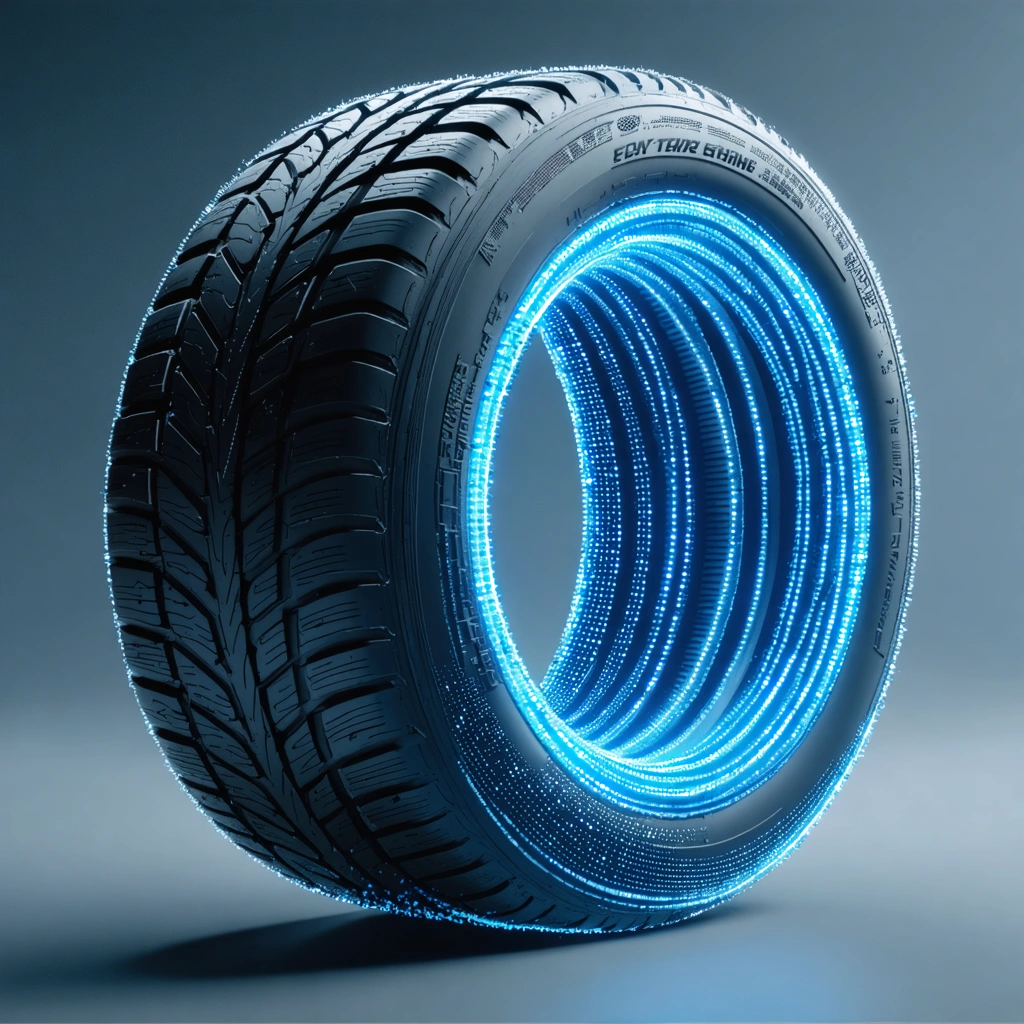
Introduction to Tire Vent Spews
In the competitive world of tire manufacturing, factory innovations and quality control are indispensable. One such innovation is the production of vent spews – the tiny hairs or nubbins visible on new tires. Although they may seem trivial, these vent spews play a crucial role in the final stages of tire production. From ensuring optimal curing to facilitating efficient heat dissipation during storage, the existence of these minute structures illustrates the sophisticated engineering underlying modern tire design.
The Role of Vent Spews in Tire Manufacturing
Understanding the Production Process
The production of a tire involves multiple stages where various physical and chemical processes come into play. Vent spews are created during the curing stage. Here is how the process unfolds:
- Mold Preparation: The tire mold is prepared with precision, ensuring that any residual materials or trapped gases are eliminated.
- Application of Raw Materials: Rubber compounds and reinforcing materials are applied, forming the tire’s layers.
- Curing and Heating: The assembly is then placed into a curing chamber where heat activates the vulcanization process. During this phase, tiny air pockets, known as vent spews, are released to balance internal pressure within the mold.
- Final Inspection: The tire undergoes rigorous quality checks, and the presence of vent spews is a natural byproduct that signifies accurate curing and material integrity.
This process not only ensures durability and performance but also aids in the prevention of internal pressure build-up which can lead to deformities or premature wear.
Technical and Business Benefits
Although vent spews may appear as minor imperfections at first glance, they provide several technical and business advantages:
- Improved Heat Dissipation: The minute structures help in releasing excess heat efficiently from the tire during and after curing, which is vital for maintaining structural integrity.
- Enhanced Material Bonding: Vent spews can contribute to a better bond between layers of the tire, ensuring long-term stability and performance.
- Assurance of Quality: The presence of vent spews is an indicator of a controlled and precise manufacturing process. Manufacturers can use this as a quality assurance signal in their marketing material by emphasizing process precision and innovation.
- Cost-Effectiveness: By naturally allowing for pressure release during molding, the need for secondary interventions and rework decreases, resulting in cost savings.
Business Implications in the Modern Tire Market
Market Positioning and Brand Integrity
In today’s competitive market environment, the detail-oriented approach to tire manufacturing often becomes a strategic asset. Companies that control every aspect of production—from the raw material formulation to the curing process—can highlight that their tires are produced with the utmost attention to detail. Vent spews, while scientifically explained as natural outcomes of the curing process, serve as a visible sign of this attention. Marketing efforts that spotlight these features can reinforce brand integrity and promote confidence among consumers.
Furthermore, reliable quality control procedures including the management of vent spews contribute to reducing warranty claims and product recalls. This proactive approach is paramount in ensuring strong customer relationships, repeat business, and ultimately higher market share.
Operational Efficiency and Environmental Considerations
Beyond customer perception, the production features of vent spews have a direct impact on operational efficiency and sustainability. Key aspects include:
| Aspect | Benefit | Impact on Business |
|---|---|---|
| Heat Regulation | Improved heat dissipation reduces the risk of overheating. | Lower energy costs, reduced rework rates. |
| Material Efficiency | Maintains proper pressure distribution in the tire. | Enhanced durability and extended life cycle. |
| Process Reliability | Consistent vent spews indicate a stable curing process. | Strengthened reputation for quality and reliability. |
This table illustrates how each benefit aligns with both operational performance and market-winning strategies.
Future Perspectives and Strategic Recommendations
Innovations in Tire Production
As tire technology advances and environmental standards become increasingly stringent, the role of vent spews may evolve. Future research could focus on optimizing these tiny structures to further improve tire performance under extreme conditions. Innovations such as adaptive curing techniques or smart material compositions may enable manufacturers to control the formation of vent spews with even greater precision.
Additionally, integrating sensor technology that monitors the curing process in real time can enhance quality control measures. Such initiatives are aligned with the Industry 4.0 movement, where real-time data analytics and automated manufacturing processes set the standard for efficiency and innovation.
Strategic Business Recommendations
From a business perspective, companies should consider the following strategic recommendations to leverage production features like vent spews:
- Invest in Research and Development: Allocate resources to both materials science and production process improvements to refine the curing process.
- Enhance Quality Control: Implement cutting-edge sensor and data analytics solutions to monitor vent spew formation, ensuring consistent quality.
- Transparent Marketing: Educate consumers on the benefits of vent spews, using them as a symbol of quality and technological sophistication.
- Environmental Compliance: Research eco-friendly materials and methods that not only reduce production waste but also contribute to sustainable business practices.
- Collaborative Partnerships: Develop strategic alliances with material scientists and technology providers to stay at the forefront of production innovations.
Implementing these strategies can help companies not only boost operational efficiencies but also solidify their reputation as innovators in a rapidly evolving market.




